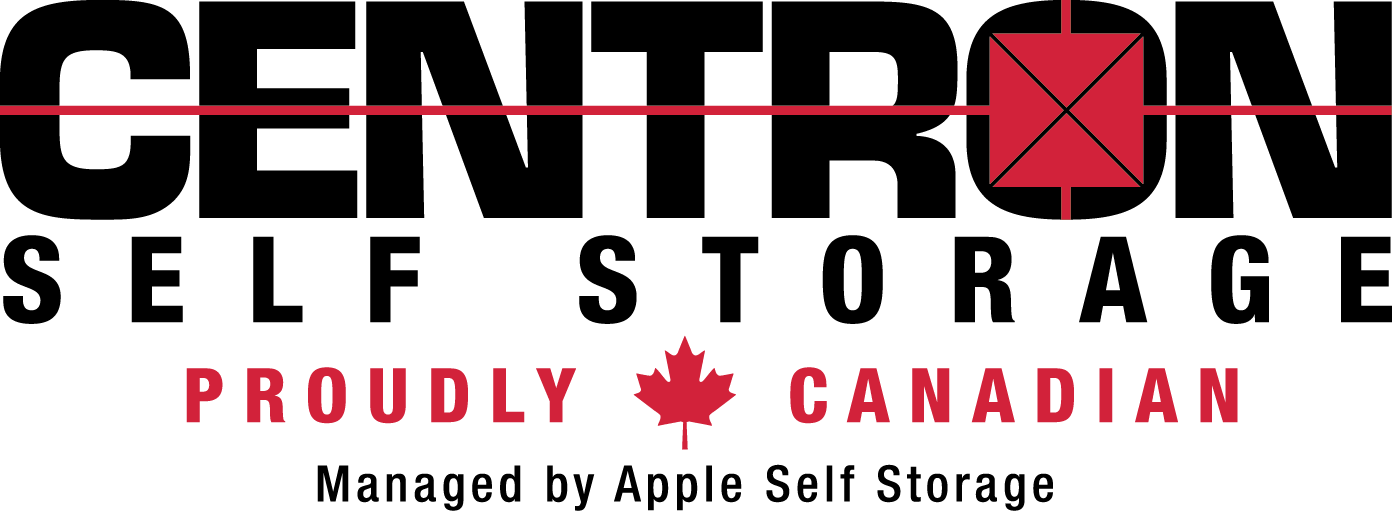Where to Store Your Toy and Figure Collection

The popularity of franchises like Marvel, Star Wars, and anime have spawned an overwhelming fan following all over the globe. Toy companies are multiplying their efforts to appeal to these potential consumers. However, this ever-rising production has resulted in an oversaturated market. The sheer number of collectibles available creates a storage crisis for some collectors.
Whether you collect figures for the simple enjoyment of admiring them — or for resale — proper storage is necessary to preserve their integrity and value.
When choosing a storage location, keep your figures away from:
Direct Sunlight – Direct exposure to sunlight will discolour the figure and dry out the plastic, making it more vulnerable to breakage.
High Levels of Humidity – Exposing figures to high levels of moisture will lead to rot and corrosion.
Extreme Temperatures – Extreme heat can disfigure and discolour your collectibles. Extreme cold will make them brittle and prone to cracking. Rapidly fluctuating temperatures can also cause harm.
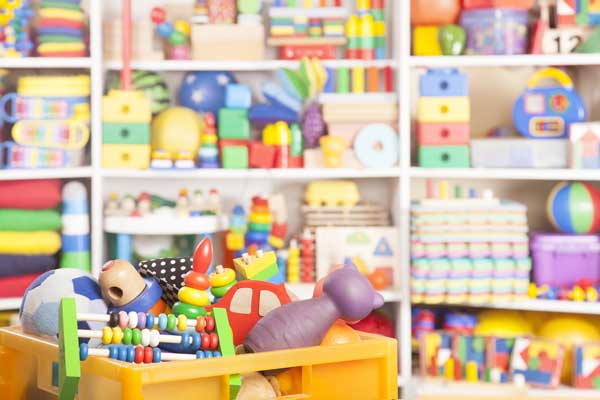
To prepare for storage, you can:
Use resealable bags. Resealable bags offer minimal protection by themselves so reserve this type of storage for your cheapest and least valuable loose figures. Before stowing them in boxes, place items in resealable bags to protect them from damage due to friction.
Keep them in plastic boxes. Plastic boxes, like food containers, are cheap but durable and provide adequate protection for your toys and figures. Just remember to add another layer of protection by wrapping the items first in bubble wrap or placing them in resealable bags. Use bigger boxes for “mint in the box” (MIB) collectibles. Avoid cardboard boxes at all costs; they attract pests and provide no protection against moisture.
Prepare labels. It’s easy to lose track of items in storage. Label your boxes for ease and convenience when you need to locate a particular figure.
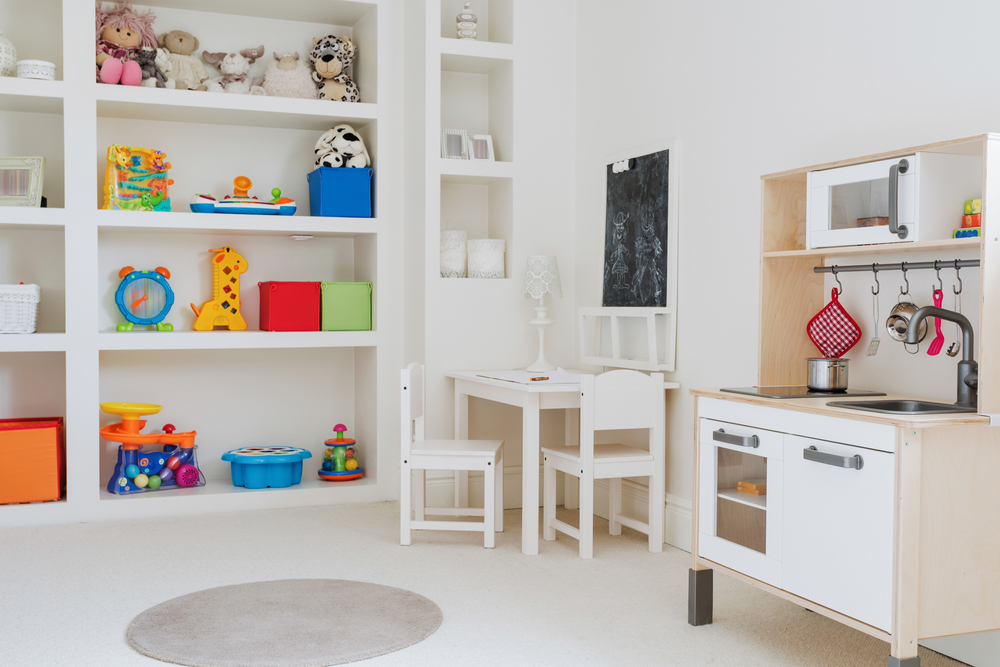
Your toys and figures can live happily in:
Display Cases
Display cases are ideal for anyone who wants to exhibit their collection and have easy access for cleaning and maintenance. Acrylic display cases are strong and durable, providing substantial protection from damage. Because of the transparency of the glass, place a case in a location out of direct sunlight.
Closets and Cupboards
If you have ample space in your home, the best place to store your collection is in a closet or cupboard, to:
- prevent exposure to harmful UV rays
- maintain consistent levels of moisture and temperature
- provide accessibility for regular cleaning
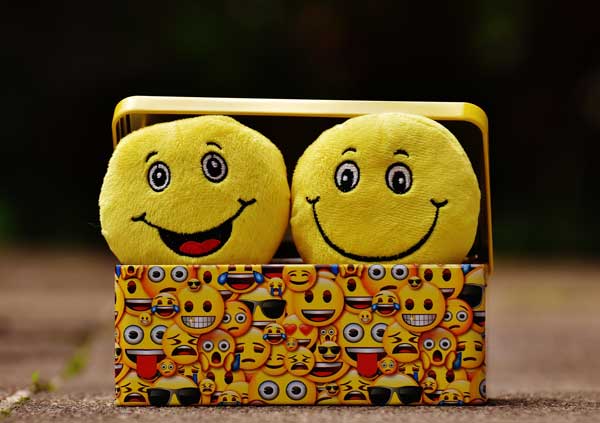
Self-Storage Units
Collectors with families will often find it difficult to store collectibles. Some may choose to sell parts of their collection to make space. If that isn’t an option, renting a storage unit is the answer.
Self-storage units come in a variety of sizes. Choose a location with excellent security to protect your most valuable figures and protect your investment. Also make sure the facility has adequate heating or cooling, unless you live in an area with a constant temperature of 32°C or higher.
If you need to make room for your growing collection or acquire more space in your home, rent a unit in a self-storage facility. For storage units in North York, call Centron Self-Storage at (416) 739-0000.
Long-Term Storage Tips for Clothing
When placing anything in long-term storage, it’s wise to ensure your items will not suffer any damage. Clothes, especially those made of natural fibres, are especially vulnerable.
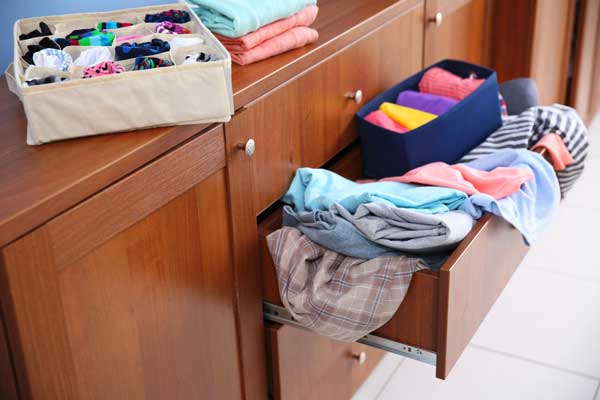
Protect your clothes with the following tips:
- Wash or launder before storage.
If you store unwashed clothes, chemicals (like those in perfumes and deodorants) will stain the fabric over time. Existing stains will settle and become more difficult to remove. Dirty clothes can also attract mould, mildew, and pests. Ensure a longer shelf life for your clothes by washing or dry cleaning them before storage.
- Do not vacuum-seal clothing.
Although it’s true that vacuum-sealing can save space and leave more room for other items, it comes with a setback — it can damage your clothes. Vacuum sealing clothes compresses the fibres, causing them to lose shape over time. Clothes can regain their shape, but the time needed for the fibres to decompress may be equivalent to the time they spent in storage. For short-term storage, however, vacuum-sealing is not a problem.
- Store clothes in airtight plastic containers.
Choose plastic containers with airtight lids. Give them a thorough cleaning and make sure they are dry. If you are storing a special or expensive item, like a wedding dress, place it in an acid-free box surrounded by a plastic container.
Avoid cardboard boxes or plastic bags at all cost. They do not provide the protection your clothes need. Pests are especially attracted to cardboard, and will eat away at boxes (and your clothes). Plastic bags trap moisture, making them the perfect breeding ground for mould and mildew.
- Use moth balls or lavender sachets.
Moth balls and lavender can give your clothes added protection against mould, mildew, and some pests. Moth balls are effective but contain harsh chemicals toxic to humans. They can leave clothes with a residue and unpleasant odour that can be difficult to remove.
A more environmentally friendly alternative is lavender. It is an effective pest deterrent and (unlike moth balls) has a pleasant smell. You can wear your clothes immediately after you take them out of storage. Place the lavender in sachets so it does not leave stains. Also, since their fragrance fades over time, you may need to replace the sachets every few months.
If you’re looking for storage space in North York, Centron Self Storage can help. Our team will assist you with choosing the right unit size for your needs and finding reliable moving services. Call us at (416) 739-0000.
Moving and Storing Fragile Items
Whether you’re placing belongings in storage or moving them to a new location, protecting fragile items and electronics can be a challenge.
Proper packaging is crucial. Items stored for long periods are vulnerable to moisture and varying temperatures, and those placed in transit could be mishandled. Foolproof your packages to withstand high levels of abuse with the following tips:
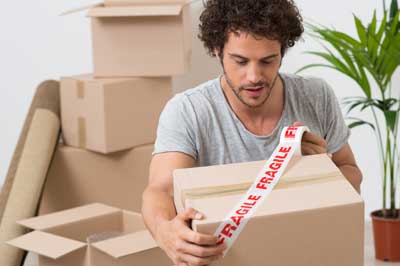
Packing Materials
Consider the following aspects when choosing packaging materials:
- Resistance. Ascertain whether the material can hold the weight of your item. If packing material bursts under the weight of the contents, stored items could become unstable and fall. Materials like corrugated cardboard are more resistant to pressure and can carry heavy weight without rupturing.
- Durability. Changes in air pressure, humidity levels, and temperature can affect containers and the items inside them. Select materials that can withstand the extremes of these variables.
- Shock Absorption. Use packing materials that can withstand multiple shocks and jolts without collapsing. Materials like (recyclable, eco-friendly) packing peanuts and plastic bubble wrap provide an effective cushion from bumps in transit or falls in storage.
Here are some recommended materials for moving and storing items:
- Packing peanuts
- Corrugated cardboard
- Foam
- Paper or newspaper
- Bubble wrap
Packing Tips
- Line the inside of a cardboard box with cushioning material, like bubble wrap or foam.
- Wrap each item individually using bubble wrap or newspaper. Add protective layers on more vulnerable parts of an item (like handles or protruding pieces).
- Avoid using bubble wrap for irregularly shaped items with sharp edges. These can deflate the bubbles, reducing the amount of protection for your piece.
- When stacking items for storage, place the heaviest ones at the bottom of the box. For items meant for shipping, insert cardboard dividers, creating sections, and place each piece in its own section.
- Fill the empty space in boxes with packing material to reduce the chance of items jostling or moving in their containers.
- Seal boxes with packing tape using the H-tape method. For irregularly shaped containers, tape all the seams together. Do not use string or wrapping paper.
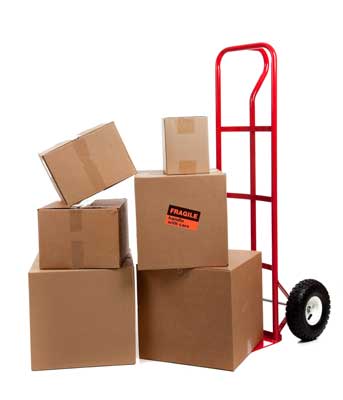
Labelling Items in Transit
If you’re shipping items, avoid labelling packages as “fragile.” Although it seems counterintuitive, research shows that such labelling may increase the likelihood of shipping couriers mishandling the box. Skip labels altogether, or consider using one that suggest the need for time-consuming cleanup should the items be compromised. For example, you can affix a sticker saying “liquids” (if the courier does not charge extra to ship these).
Shipping fragile items can be worrisome; storing them shouldn’t be. Entrust your property to Centron Self-Storage. We are equipped with state-of-the-art technology and fully-trained staff dedicated to keeping your items safe. Reserve storage space in North York; call us at (416) 739-0000.
Tips to Save on Self-Storage Unit Costs
The thought of having an extra storage space can be appealing to many homeowners for a number of good reasons. It is an expense that requires some thought, especially if you are on a budget, but renting a self-storage unit does not have to cause financial stress. There are smart ways to save on self-storage unit costs. Here is a money-saving guide to keep in mind:
- Strategic Location – Although your first instinct may be to choose a self-storage facility close to home, you may wish to consider renting a unit beyond your locality. If you live in a rural area, larger facilities near metropolitan cities may have lower premiums. However, this strategy is only viable if you don’t need to visit your unit that frequently.
- Pack and Store Carefully – Avoid carelessly throwing your belongings into each box or bin. Take time to wrap fragile items. Label boxes for easy access. Plan which items and boxes aren’t needed that often and place them near the back of the storage unit. When storing your belongings, place tall items against walls, and and heavy items on the floor. Place boxes with lighter and fragile items on top of boxes with bulky stuff.
- Avoid Late Payments – To avoid penalties, pay your monthly rate before the due date. If you regularly pay your rent late, this can significantly increase the storage cost. In the end, you end up paying more than the original agreement. To assure that you are able to pay for the rental on time, set up automatic payments with your bank so you do not have to worry about late fees.
- Choose the Right Unit Size – Taking extra time to choose the right storage unit size can help you get a great deal. The smallest unit size available in most self-storage facilities is 5 feet by 5 feet. Use a storage calculator to help determine the right unit space in accordance with your needs and budget. When you misjudge how much space you need, you may end up paying for extra and unused space.
Choose Long-Term Commitment – Long-term storage is cheaper because it often promises a considerable discount (compared to standard monthly rental rates). If you know you need a safe place to store important belongings for an undefined (and probably lengthy) period, find a self-storage company that offers a discount for long-term rental commitments.
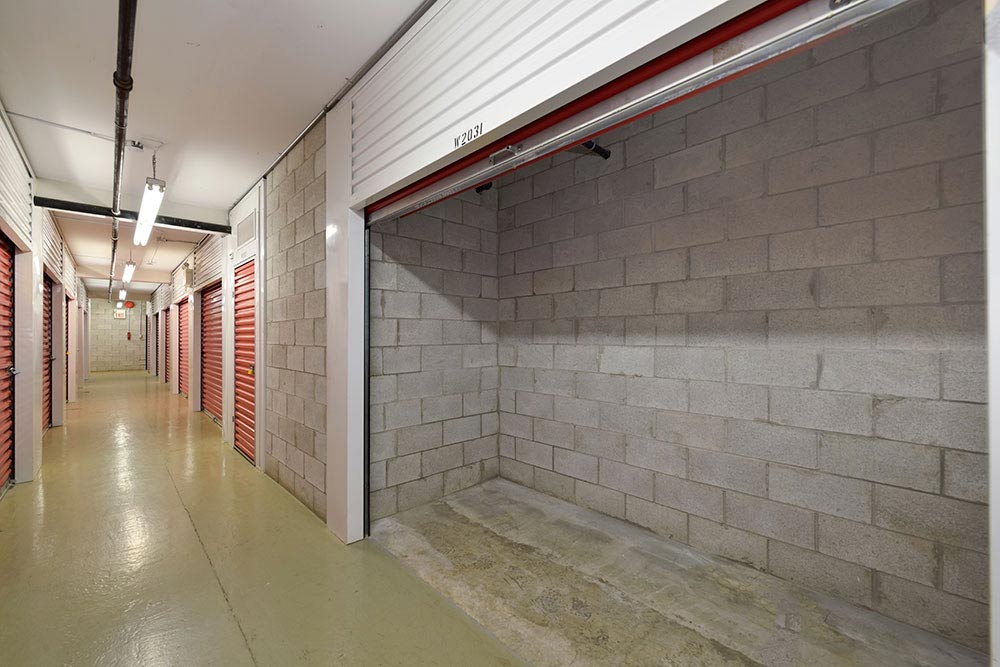
Take time to research self-storage facilities before committing to one. Getting the necessary information in advance might help you get a great deal on your storage unit.
Centron Self-Storage is an excellent self-storage facility in the GTA that provides great value for your money. Visit our contact page to and start making plans today.
Questions to Ask before Renting a Self-Storage Unit
People rent self-storage units for a number of reasons. Whether downsizing or moving from a house to a small apartment, you may require a place to safely store furniture and other personal belongings temporarily. Depending upon where you live, there may be a number of self-storage unit facilities. Choosing the right one to meet your needs can be challenging. You can use the Internet to research the best self-storage in your area. After narrowing the list, equip yourself with these questions to help make an informed decision:
- What security features do you have in place?
Security is a crucial feature that every self-storage facility should provide. Having strong security features in place keeps your belongings safe year-round. The best self-storage units have 24/7 CCTV, industrial strength padlocks, smoke alarms, and ground patrols inside and around the facility. A highly-secured storage provides peace of mind.
- Do you require a setup fee or deposit?
Nobody wants unpleasant financial surprises when taking the final step to secure a rental.Most self-storage facilities require a setup or administration fee. Before signing a contract, find out if the place you chose also requires a security deposit.
- Do you require renters to provide insurance for the unit?
Paying for insurance can be an added cost, especially for university students on a limited budget. However, some storage facilities do not require the purchase of insurance. Many recommend securing insurance to protect stored belongings should something unexpected happen.
- What are sizes of the units available?
Size is a crucial factor to consider when renting a self-storage unit. Choosing the storage space depends largely on the number of items you plan to store. Measure each item or box and ask for assistance from the facility in choose the right space.
- Do you provide storage boxes, packing supplies and/or moving trucks with purchase?
Some facilities provide storage boxes and packing supplies to ease your move. Getting this information beforehand will help you set your budget and determine if you also need to rent a dolly or purchase packaging elsewhere. If the facility doesn’t have these supplies, perhaps you want to choose a different one.
- How long is the lease?
Different self-storage facilities may rent units on a monthly basis. Other contracts require longer-term commitments. Before signing the rental agreement, read the contract thoroughly to avoid becoming committed to a longer rental than you desire.
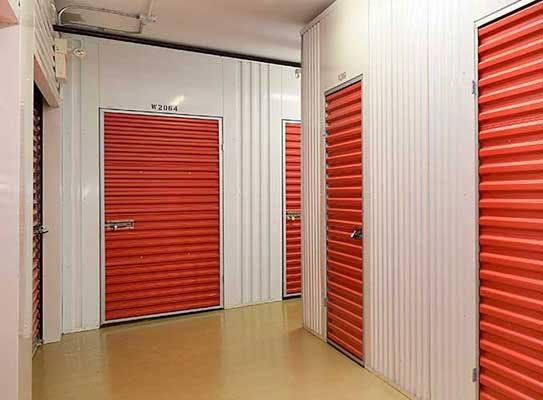
Consider each of these questions before signing on the dotted line. First, determine everything you want to know about the storage facility to which you plan to entrust your belongings. Planning ahead reduces the time it takes to choose the right self-storage unit that will be perfect for your storing needs.
If you are looking for a reliable, clean, modern, and secure self-storage unit in North York, Centron Self-Storage is the right facility for you. Visit our contact page to learn more about our services.
Self Storage Dos and Don’ts
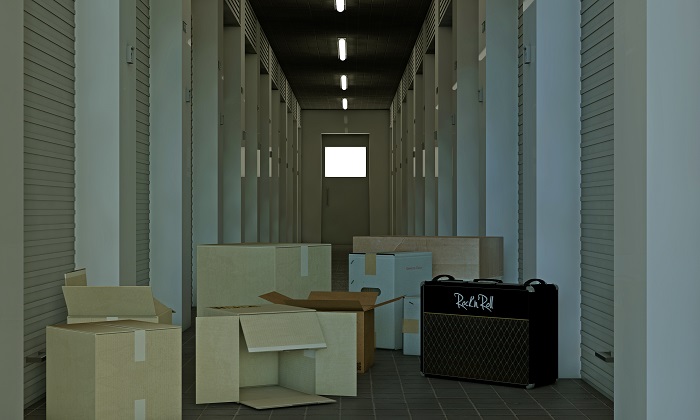
A storage area is a helpful solution to keep your personal belongings safe and secure in a single location where only you have access. While a self-storage unit is a great convenience, the process of moving and storing can be made easier with a few tips.
Here is a set of dos and don’ts for a better self-storage experience:
DO:
- Research – While there may be a number of self-storage facilities around your area, research the reliability and trustworthiness of each facility by checking review sites like Yelp, asking for referrals from friends/family members, and reading the testimonial section on their websites.
- Read the Contract – Understand the terms and conditions carefully before signing a contract. If there is a part of the contract that is confusing, ask the facility manager to explain it.
- Label Boxes Properly – To easily locate and retrieve items when you need them, make sure each box is clearly labelled. Place items you need to access more frequently closer to the door/front of your unit.
- Check the Insurance – Standard insurance may not cover valuable items stored away from home. Check the amount of insurance the facility can offer for stored items of value. You may need to purchase more insurance to assure the safety of your stuff.
- Consider Security – Security is a crucial factor to consider when choosing a self-storage facility, especially if you have valuable belongings. Look for fire and smoke alarms, surveillance cameras, etc.
DON’T:
- Focus Solely on the Price – Many people choose to rent cheaper self-storage units to save money. However, a lower price could compromise the safety and security of your belongings.
- Store Flammable Items – Self-storage facilities strictly prohibit storing flammable items (e.g. fireworks, fuel, oils, aerosols, weapons and ammunition, and propane). If you plan to store gas-powered equipment, drain its oil and fuel before putting those machines in the unit. Failure to comply with rules can result in penalties or eviction from the facility.
- Keep Perishable Items – Food and other perishable goods can attract bugs and rodents to your unit. Once rodents can find their way in, they can damage and contaminate your property.
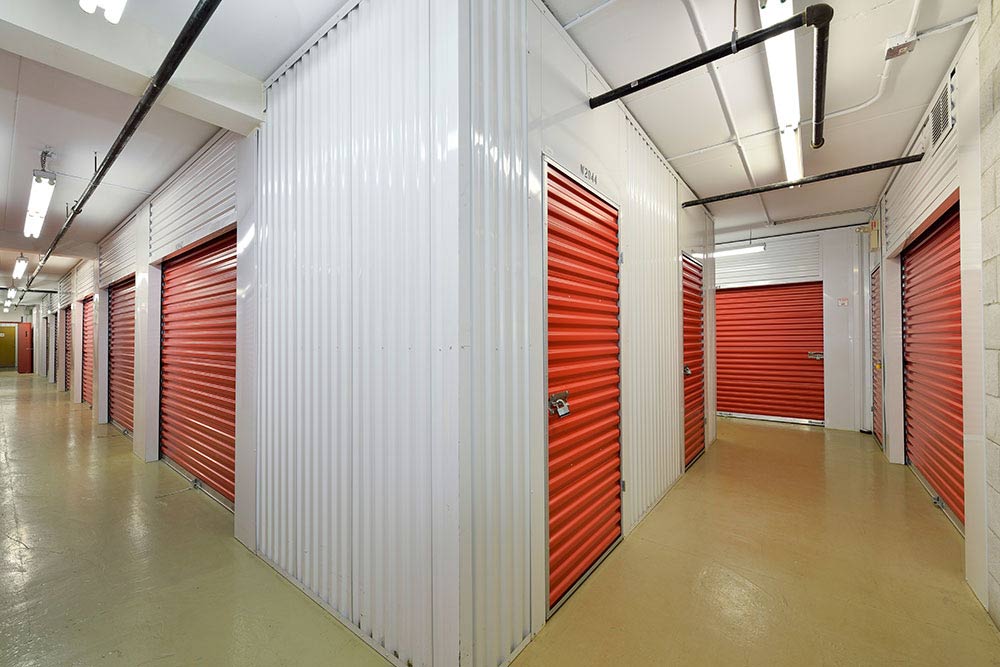
Using a self-storage unit does not need to be challenging. Keep the above dos and don’ts in mind to have a better self-storage experience. Centron Self-Storage offers solutions for your storage problems. Check out our contact page to call our North York storage offices to rent, reserve, or view our rates.
Choosing the Right Storage Unit Size
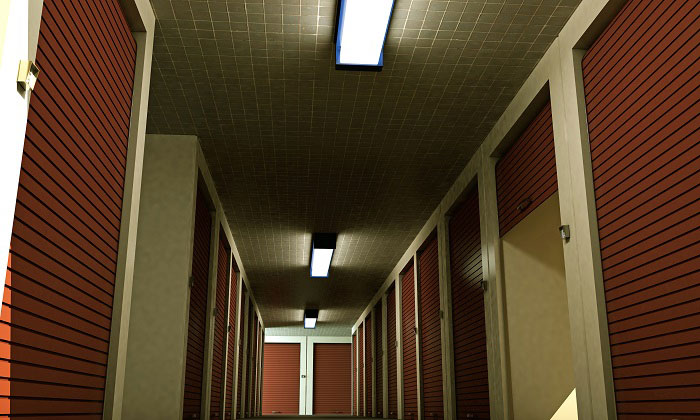
There are certain circumstances in life when you may consider renting a self-storage facility, like downsizing an apartment, home renovation, and keeping holiday decorations organized. One important consideration is to determine the size of storage unit you require. Choosing a secure storage facility can be relatively easy, but determining the right size for you can be somewhat complicated.
Here are some quick tips to help determine the right size for your storage needs:
- Take inventory – Create an inventory of all your belongings, including furniture and equipment, and estimate the number of boxes you’ll store. This is the first step in determining appropriate storage size. Use a measuring tape and take down dimensions of large furniture. Use the Centron Self Storage calculator https://www.centronstorage.com/storage-calculator/ to estimate the size of your unit.
- Consider Renting a Standard Size – Most self-storage facilities offer standard size units:
| Unit Size | Items that can be Stored | Additional Uses |
| 5 x 5 | Several boxes, dresser, small mattress set | Storing off-season clothing items, accessories, seasonal decorations, sporting gear, garden equipment |
| 5 x 10 | Small loveseat, furniture, dresser, queen-sized mattress set, TV | Storing furniture and belongings over the summer; perfect temporary storage when moving |
| 10 x 10 | Sofa, bookshelves, coffee tables, chairs, dressers, mattress sets, nightstands | Can be used to store large furniture and appliances while moving; temporary storage for small trailer, jet ski, or motorcycle during off-season |
| 10 x 15 | 3 full bedrooms and large furniture | Can be used to store several pieces of furniture from a large-sized house while in the process of moving |
| 10 x 20 | Can fit small furniture from multiple-bedroom house and several boxes | Storing cars and vehicles; can also be used as business storage for supplies and equipment |
- Other Factors to Consider – Remember that the storage unit has some limitations. Think about all dimensions for your belongings (length, width, and height). Other important things to consider include:
- Household items come in different sizes
- Maximize the storage area by taking advantage of the vertical space – turn sofas and dressers on their sides
- Utilize the height of the storage unit by placing smaller items on shelving units
Keeping these tips in mind can help determine what size self-storage unit you need. This can narrow down your facility choices, once you’ve located reliable self-storage places near you.
At Centron Self-Storage, we provide various storage unit sizes and cost-effective storage solutions for individuals and businesses. Check out our contact page to rent, reserve, or view our rates.
Tips to Maximize Your Self-Storage Space
There are many reasons to rent a storage unit. You might be undergoing a home renovation, dealing with divorce, changing your living arrangements, or moving for work. One of the most common mistakes people make when placing their belongings in a self-storage unit is to simply pile them up and walk away. This may work initially, but causes problems later when you want to access your items or add to the unit. Without proper organization, valuable space is wasted.

A 10’ x 10’ self-storage unit can actually accommodate all the items in a 1000 square foot apartment. Storing a lot of items in an average-sized storage unit requires some critical thinking and smart strategies. Here are some quick tips for packing your things:
- Create a Storage Map – A storage map can both maximize the space and help you easily find an item when you need to retrieve it in the future. Using grid paper, plot where to place your items. Label storage boxes and use colour codes to mark where items are on your map.
- Install Shelves – Setting up standing shelf units in the storage area makes organization easier. Use heavy duty metal or plastic stackable units, and carefully store delicate and breakable items on the shelves. This helps clear valuable space on the floor.
- Disassemble Large Furniture – Large furniture takes up a lot of space. Taking apart big pieces frees space for other items. Group the parts together and protect them using industrial plastic wrap.
- Pack Strategically – Placing items together according to their purpose helps you easily access them later. If you are using storage boxes, label them. Boxes containing heavy items need to be positioned at the bottom, and lighter boxes stacked on top.
- Create Pathways – Do not forget to create clear pathways so you can freely access the items in the storage area. The paths need to allow enough space to transport boxes safely without having to turn sideways or contort your body.

Although proper packing and organization require a bit of work, maximizing a storage space saves money and time. If you are looking for a self-storage unit that provides high security and the best value, call Centron Self-Storage. Please visit this page to view our North York location and contact information.
Why Renting Self Storage Is Great for the Holidays
The holiday season is often about spending time with family and friends. Among all the preparation, running around, and shopping for presents, we may not notice that our homes have become disorganized and messy. This situation can be especially stressful when you are planning to invite guests to stay over the holidays. Make some room for them by rearranging and storing unneeded items.

Self-storage units come in handy this time of the year. For the safekeeping of your belongings and furniture, consider:
- More space for guests – If you live a small space, you can make room for additional occupants by renting a self-storage unit, instead of putting guests in a nearby hotel. By temporarily storing some furniture, you can make room for an air mattress and extra luggage.
- Make room for a Christmas tree – If you have limited space in your house, forcing a Christmas tree into a small corner can make the room look crowded. Self-storage can provide the space you need for a tree.
- Keep your home organized – Many homeowners decorate during the holiday season. However, some people need to free up some space for extra garland and special embellishments. By storing extra furniture, you can make your home look more organized, create space for presents, and place storage bins out of sight.
- Hide gifts – Some people begin shopping for presents early to avoid the holiday rush. You may need a place to secretly store gifts to keep them away from prying eyes — especially if you have little ones. A storage unit can also be a place to wrap presents without worrying about little snoopers.

Self-storage units come in different sizes, depending on your requirements. If you are looking for the perfect place to make holiday preparation easier, Centron Self-Storage has solutions for you. Contact us at (416) 739-0000 to learn more about our self-storage facilities in North York.
